Table of Contents
Mauryan Empire
The Mauryan Empire was one of the most significant empires in ancient Indian history. It was founded by Chandragupta Maurya in 321 BCE and lasted until 185 BCE. During its peak, the Mauryan Empire extended over most of the Indian subcontinent, covering an area of about 5 million square kilometers.
Mauryan Empire: Founder
Chandragupta Maurya was the founder of the Mauryan Empire. He was born in a small village in the eastern part of India, and he rose to power after he overthrew the Nanda dynasty. He was aided in this by his mentor, Chanakya, a wise and learned man who helped him gain the support of the people and establish a powerful army.
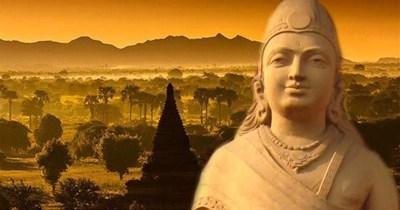
Mauryan Empire: Greatest Ruler
The Mauryan Empire reached its zenith under the reign of Emperor Ashoka. He was Chandragupta’s grandson and one of the most famous rulers in Indian history. Ashoka was known for his conquests and his successful administration of the empire. He was also known for his conversion to Buddhism after witnessing the horrors of war.
During his reign, Ashoka implemented policies that aimed to create a just and humane society. He encouraged the spread of Buddhism and established hospitals, dispensaries, and rest houses for travelers. He also created a network of roads to connect different parts of the empire and promoted trade and commerce.
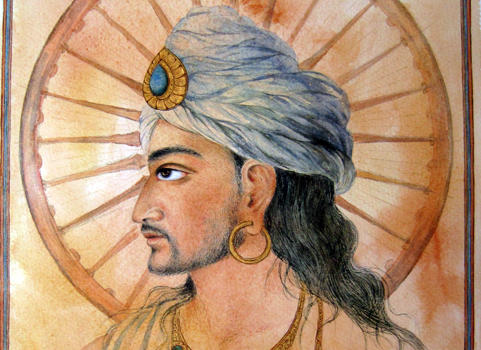
Mauryan Empire: Administration
The Mauryan Empire was an absolute monarchy. The king was the supreme authority and held absolute power over his subjects. However, the king was advised by a council of ministers, which included scholars, priests, and military leaders. The administration was divided into different departments, each responsible for a specific aspect of governance.
- The Mauryan Empire was known for its advanced civilization.
- The people were skilled in art, architecture, and literature.
- The empire was also known for its advancements in science, mathematics, and astronomy. The Mauryan Empire was also known for its sophisticated legal system.
- The laws were codified, and the punishment for different crimes was well-defined.
- The decline of the Mauryan Empire began after the death of Ashoka.
- The Mauryan Empire became weak, and several rebellions broke out in different parts of the empire.
- The Mauryan Empire was finally overthrown by the Sunga dynasty in 185 BCE.
- The Mauryan Empire was a significant empire in ancient Indian history. It was known for its advanced civilization, sophisticated legal system, and humane policies.
- The Mauryan Empire was an important precursor to the development of Indian culture and society.
Rise of Mauryan Empire
The origins of the Mauryan Empire can be traced back to the Magadha kingdom, which was located in present-day Bihar and was ruled by the Nanda dynasty. The Nandas were powerful and wealthy, but their rule was oppressive and unpopular among their subjects. It was during this time that Chandragupta Maurya, a young prince from the Maurya clan, rose to prominence. According to legend, Chanakya, a wise and learned Brahmin, saw in Chandragupta the potential to overthrow the Nandas and establish a new empire.
Chanakya became Chandragupta’s advisor and strategist, and together they formed an army and waged war against the Nandas. After several years of conflict, Chandragupta emerged victorious and established the Mauryan Empire in 322 BCE. The new empire was centered in the city of Pataliputra and was supported by a well-organized bureaucracy and a powerful army.
- Under the rule of Chandragupta and his successor, Bindusara, the Mauryan Empire expanded its territory and influence through diplomacy and military conquest.
- They forged alliances with neighboring kingdoms and defeated their enemies on the battlefield.
- The empire’s territory included most of present-day India, as well as parts of Pakistan and Bangladesh.
- The Mauryan Empire reached its height under the rule of Emperor Ashoka, who came to the throne in 268 BCE.
- Ashoka was a skilled and ambitious ruler who continued to expand the empire’s territory through military conquest.
- However, he is best known for his conversion to Buddhism and his efforts to spread the teachings of the Buddha throughout his empire.
- Ashoka’s conversion to Buddhism was a transformative moment in Indian history. He renounced violence and sought to rule his empire through moral authority rather than brute force.
- He built many stupas and monasteries, and sent Buddhist missionaries throughout the empire and beyond. Ashoka’s policies of religious tolerance and non-violence continue to influence Indian society and culture to this day.
- The Mauryan Empire declined after the death of Ashoka, and by the end of the 2nd century BCE, it had disintegrated into several smaller kingdoms.
- However, its legacy lived on, and it remains one of the most significant periods in Indian history.
The rise of the Mauryan Empire had far-reaching consequences for India and the wider world. It established a model of centralized government and effective administration that would influence future rulers and kingdoms. The empire’s economic prosperity and cultural exchange brought about significant advancements in art, architecture, literature, and science. The Mauryan Empire also played a key role in the spread of Buddhism, which would become one of the world’s major religions.
Capital of Mauryan Empire
The capital of the Mauryan Empire was Pataliputra, also known as present-day Patna in Bihar, India. It was established by the founder of the Mauryan Empire, Chandragupta Maurya, in the 3rd century BCE and remained the capital of the empire throughout its duration. Pataliputra was a strategically located city on the banks of the River Ganges, and it served as a center of trade, culture, and administration during the Mauryan period.
Rulers of Mauryan Empire
The Mauryan Empire, founded by Chandragupta Maurya in 321 BCE, was one of the most powerful and influential empires in ancient India. The Mauryan dynasty ruled over much of the Indian subcontinent for over 140 years, and during this time, they saw the rise and fall of many powerful and notable rulers. In this article, we will take a closer look at the rulers of the Mauryan Empire and their contributions to the dynasty’s success.
Ruler of Mauryan Empire: Chandragupta Maurya (321-298 BCE)
Chandragupta Maurya was the founder of the Mauryan Empire, and he is considered to be one of the most important rulers in Indian history. He overthrew the Nanda dynasty, which had ruled over much of northern India, and established his own empire. Chandragupta was known for his military prowess and his ability to govern a vast and diverse empire. He was also a patron of the arts and sciences, and during his reign, the Mauryan Empire experienced a period of great prosperity and cultural development.
Chandragupta Maurya was the founder of the Mauryan Empire. He overthrew the Nanda dynasty with the help of his teacher Chanakya, who is also known as Kautilya. Chandragupta Maurya conquered Magadha, which was the most powerful kingdom at that time, and established his capital at Pataliputra.
He also defeated the Seleucid Empire in the northwest and signed a peace treaty with the Greek king, Seleucus Nicator. Chandragupta Maurya was a great administrator and established a well-organized bureaucracy to govern his empire. He also introduced many reforms, such as the division of the empire into provinces and the system of spies.
:max_bytes(150000):strip_icc()/ChandraguptaMaurya1-0173295969f7494fb1868039c5706cb9.jpg)
Ruler of Mauryan Empire: Bindusara (298-273 BCE)
After Chandragupta retired from the throne, his son Bindusara succeeded him. Bindusara continued his father’s policies of expansion and consolidation, and he conquered much of southern India. He was also known for his patronage of Jainism, and many Jain scholars and monks were present at his court. Bindusara was succeeded by his son, Ashoka.
Bindusara was the son of Chandragupta Maurya and the second ruler of the Mauryan Empire. He consolidated the gains made by his father and extended the empire’s territory to the Deccan. He also sent his ambassador, Megasthenes, to the court of Seleucus Nicator in Syria. Bindusara was known for his patronage of Jainism, and many Jain monks visited his court during his reign.
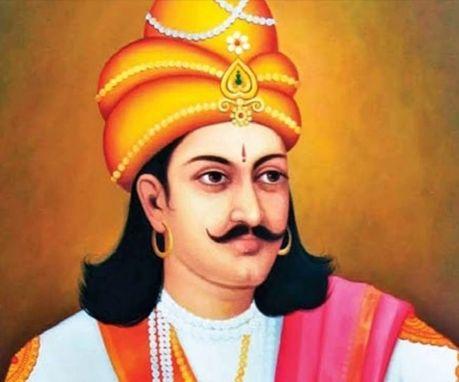
Ruler of Mauryan Empire: Ashoka (273-232 BCE)
Ashoka is perhaps the most well-known of all the Mauryan rulers. He was the third king of the Mauryan Empire, and he is remembered for his contributions to the spread of Buddhism and his policies of non-violence and tolerance. Before his conversion to Buddhism, Ashoka was known for his military conquests, and he is said to have waged one of the bloodiest wars in Indian history against the state of Kalinga.
However, after witnessing the horrors of war, Ashoka renounced violence and embraced Buddhism. He is also credited with building many of the great monuments and public works projects of the Mauryan Empire, including the famous Ashoka Pillars.
Ashoka was the third ruler of the Mauryan Empire and is considered one of the greatest rulers in Indian history. He was the son of Bindusara and came to the throne after a power struggle with his brothers. Ashoka’s reign is known for his conversion to Buddhism and his efforts to spread Buddhism throughout his empire. He also introduced several reforms, such as the establishment of hospitals and the construction of roads and rest-houses for travelers. Ashoka is also known for his edicts, which were inscriptions on pillars and rocks that contained his policies and teachings.
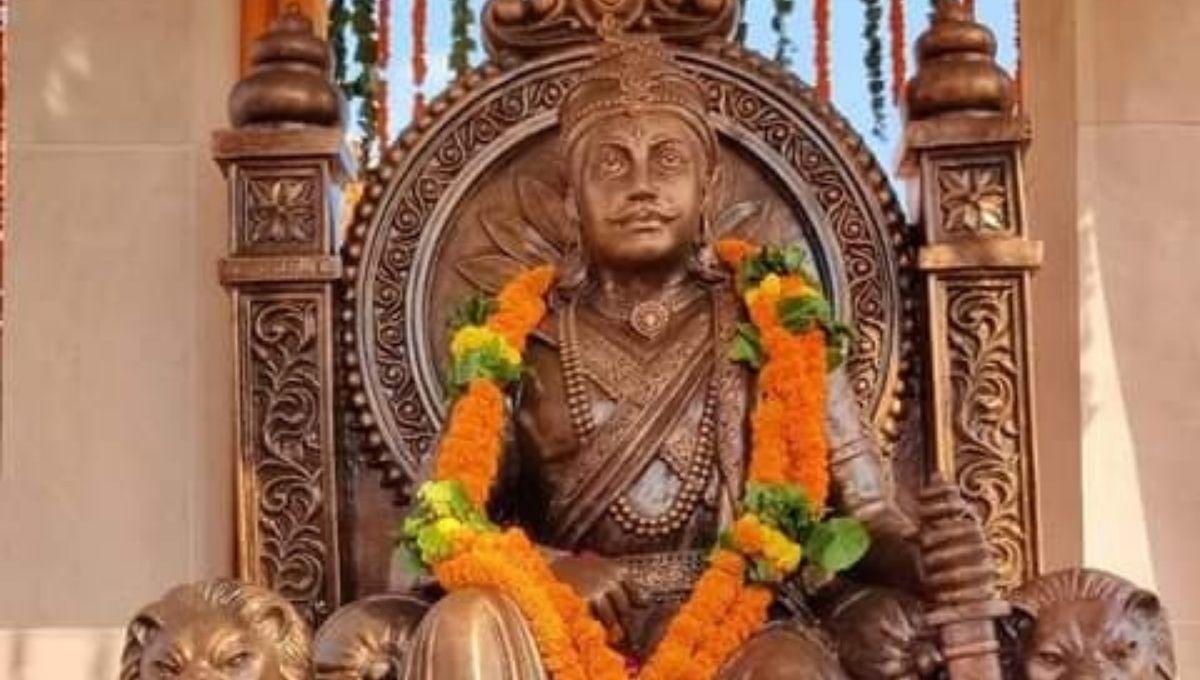
Ruler of Mauryan Empire: Dasaratha (232-224 BCE)
After Ashoka’s death, his successors were unable to maintain the unity and stability of the Mauryan Empire. One of these rulers, Dasaratha, was able to briefly restore order and stability to the empire. However, he was assassinated after just eight years on the throne.
Dasaratha Maurya was the grandson of Ashoka and the last ruler of the Mauryan Empire. He was a weak ruler and faced several rebellions during his reign. The empire began to disintegrate under his rule, and several provinces declared their independence. The decline of the Mauryan Empire was accelerated by the invasion of the Greeks under the leadership of Demetrius.
Decline of Mauryan Empire
The Mauryan Empire, one of the most significant and powerful empires in Indian history, spanned from 322 BCE to 185 BCE. Founded by Chandragupta Maurya, the empire reached its zenith under the reign of Emperor Ashoka, who is known for his policies of non-violence, religious tolerance, and welfare measures.
However, despite its initial successes and achievements, the Mauryan Empire ultimately faced a period of decline and eventual collapse. There were several factors that contributed to the decline of the Mauryan Empire, including internal factors such as succession disputes, administrative inefficiencies, and economic problems, as well as external factors such as invasions and uprisings.
One of the primary causes of the decline of the Mauryan Empire was the succession disputes and power struggles among the rulers. After the death of Ashoka, the empire was ruled by a succession of weak rulers who were unable to maintain the stability and unity of the empire. The constant power struggles and wars weakened the empire’s military and administrative capabilities, and the rulers were unable to provide effective governance.
Decline of Mauryan Empire: Administrative Problems
The administrative inefficiencies and corruption also played a significant role in the decline of the Mauryan Empire. The Mauryan Empire was vast, and the administration was divided into several provinces, each governed by a governor or a satrap. The satraps were often corrupt and misused their powers, causing widespread discontent among the people. The central government was unable to control these governors effectively, leading to a breakdown in law and order.
Decline of Mauryan Empire: Economic Problems
The Mauryan Empire also faced economic problems, which contributed to its decline. The empire’s economy was heavily dependent on agriculture, and the decline in agricultural productivity due to overexploitation of land, deforestation, and soil erosion led to food shortages and famine. The heavy taxes imposed by the government to fund their military campaigns further burdened the farmers, leading to widespread poverty and discontent.
Decline of Mauryan Empire: External Factors
External factors also played a role in the decline of the Mauryan Empire. The empire faced repeated invasions by foreign powers, such as the Greeks and the Scythians, who weakened the empire’s military and drained its resources. The empire also faced numerous uprisings by various regional powers and tribes who sought to break away from Mauryan rule.
Check: All UPSC History Notes

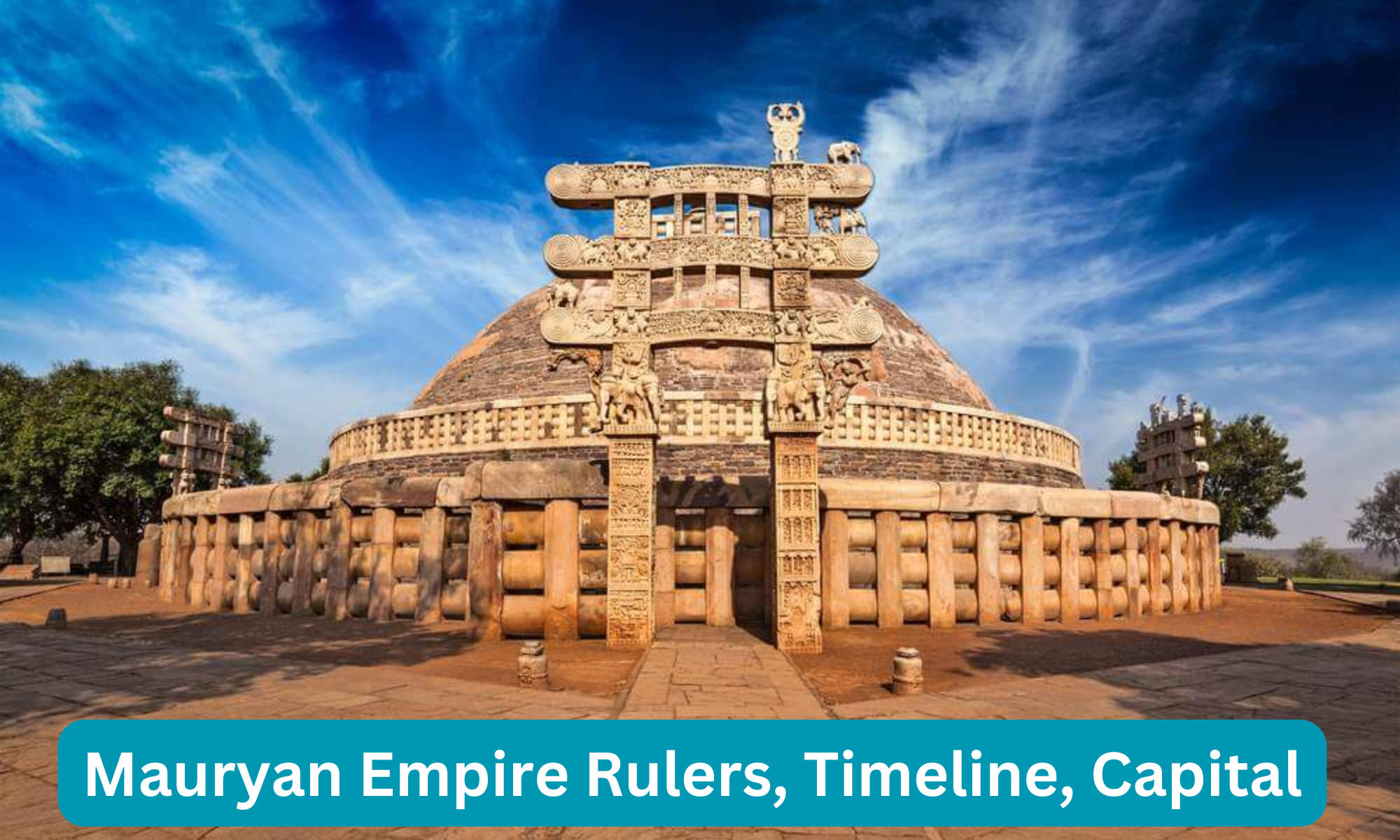

 TSPSC Group 1 Question Paper 2024, Downl...
TSPSC Group 1 Question Paper 2024, Downl...
 TSPSC Group 1 Answer key 2024 Out, Downl...
TSPSC Group 1 Answer key 2024 Out, Downl...
 UPSC Prelims 2024 Question Paper, Downlo...
UPSC Prelims 2024 Question Paper, Downlo...
